Taking the case as a case 丨 Shipwarring injury accident case interpretation and safety prevention of high -altitude falling accident
Author:Chinese maritime affairs Time:2022.06.15
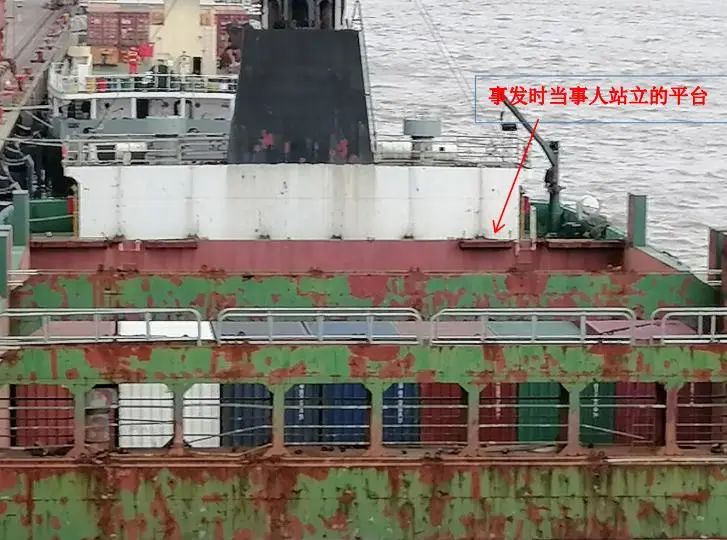
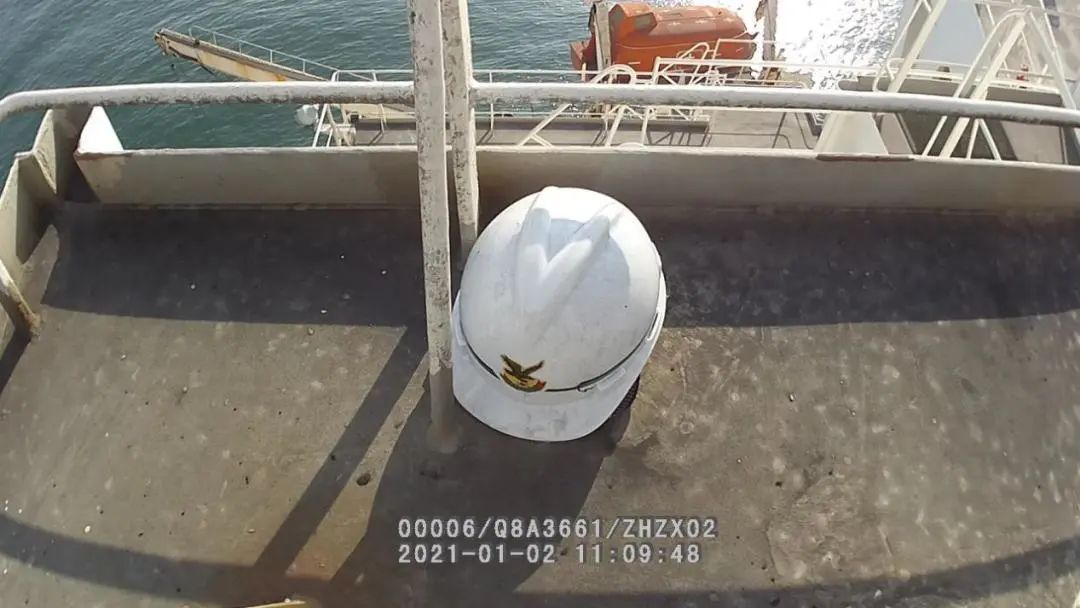




Learn from the case
Interpretation and safety precautions of shipworm injury accident cases
High -altitude crash accident
In June 2022, it was the 21st national "Safety Month" in my country. The "first responsible person to comply with the safety production law" is the theme of this safety production month. Here, the editor will be based on a series of typical cases of shipworm injury accidents to analyze the prevention measures of common shipwalks, sharing the work responsibilities of key safety links such as shipping companies, designated personnel, sea affairs, and captains. Together with shipwrecks, we will build essential safety.
High -altitude crash accident
A high -altitude falling accident may occur during the following operations: operations at high places; upper and lower stairs (side stairs, stairs, straight ladders, soft ladders, etc.); Kezing steel wire operation; Kezing steel wire high altitude 撸 oil maintenance operation; elevator use and maintenance safety operations; containers are solid operations; major special containers are solid operations; maintenance of cabin driving and ship lifting equipment ; Loading and unloading, fighting and controlling operations; gram -cranked operation; self -installation of ships in the ship; lingering, unbinding and inspection reinforcement operations of deck logs; lifting the deck platform or slope operation.
During the operation, there is no protection or inadequate protection or in place, the workman's high -altitude operation does not correctly use personal safety protection supplies, the safety management inspection is not in place, no anti -slip measures after the rain and snow are easy to cause casualties.

01
Case number one
Plant layout
At about 0927, 2021, a container boat drove from Taicang, Jiangsu to Ningbo Beilun, and at the forefront of the No. 7 berth in Beilun Tongda, Ningbo. Fall.
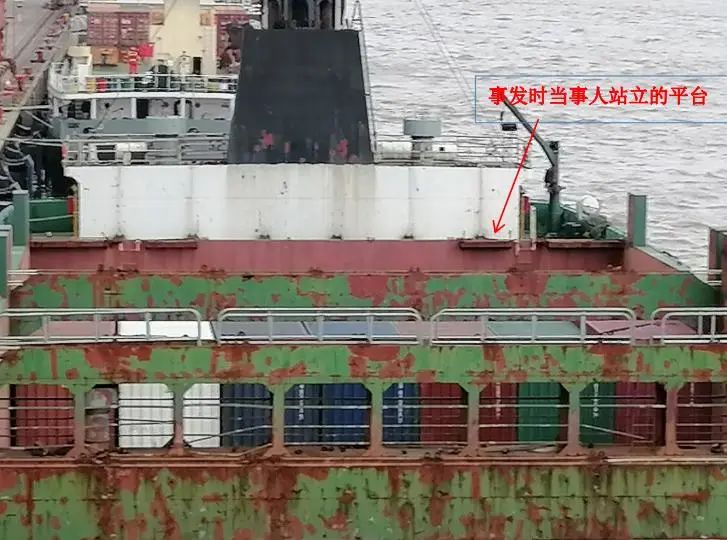
It is learned through the accident investigation report that the wheel was located in the front waters of the berths at the time of the incident. The surroundings were refreshing. There were no other voyage ships near the sea, and there was no obvious impact on ships.
direct cause
1. There are hidden safety hazards in the operating platform. The working platform where the parties are located are 9.9 meters high from the bottom of the cabin, and their operating space is small, open around, without safety protection railings and no security measures such as anti -slip. The workplace obviously has large hidden safety hazards.
2. The party's awareness of safety is weak and has not effectively implemented safety protection measures. The parties engage in unbinding operations in advance without the ship's failed pier, and their behavior does not meet the requirements of the container shipping system to solve the safety operation requirements; stand alone on the work platform of 9.9 meters high from the bottom of the cabin, unbinding homework and not wearable. Safety protection measures such as seat belts, which causes them to die when they reached out and take the height of 12.5 kg in front of the left front.
Indirect reason
1. The captain did not effectively fulfill the responsibility of ship safety management.
The first is that effective measures are not taken in time to eliminate hidden safety hazards. The work platform of the No. 3 cargo capsule is severely corrosive, and the safety protection railing is lacking for 8 months. No measures are taken on the boat, and the company reports to the company for shore -based maintenance;
Second, it is not effectively organized to carry out safety production education and training. The content of the container of the container is incomplete, and the safety risk prompts and operation precautions for the safety risk of the ship are not available; Organize the training of relevant safety operations;
Third, the crew did not effectively urge the crew to strictly follow the requirements of the ship safety management notice manual, and implement the safety measures and precautions before the operation of high unbundling operations; the fourth is that the crew lacks effective management of effective management of the container unblocking operation in advance at the pier in advance. Essence
2. Ship management companies have not effectively implemented the main responsibility of production safety.
First, the shore -based managers on board the ship inspection only focused on checking the ship's records in the interior, did not carry out comprehensive safety inspections in a targetedness, did not discover and eliminate the existence of the existence of the No. 3 cargo cabin in time, and the lack of safety risks of the operation platform. Do not provide the required safety support to the ship in time;
Second, the shore -based managers lack the assessment and inspection of the training effect on the ship. They know that the cabin staff participated in the container system solution and tied work, but it failed to find and correct the knowledge training of the cabin personnel who did not actually participate in the crew of the crew department. Master the situation of the unbinding work during the sailing of the crew of the crew in front of the carrier;
Third, the company failed to effectively carry out safety training before the newly -hired crew staff. Newly hired ordinary crew members to work directly without training. Senior crew members only conducted training by telephone and file transmission. Related requirements for responsibility.
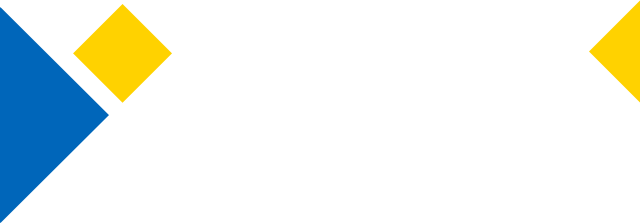
02
Case 2
At 1248:00 on December 31, 2020, a bulk carrier was anchoring in a cargo wheel anchor in Dalian, and the two pairs of the wheels fell from the big mast to Luo Jing deck after checking the aperture of the trail radar.
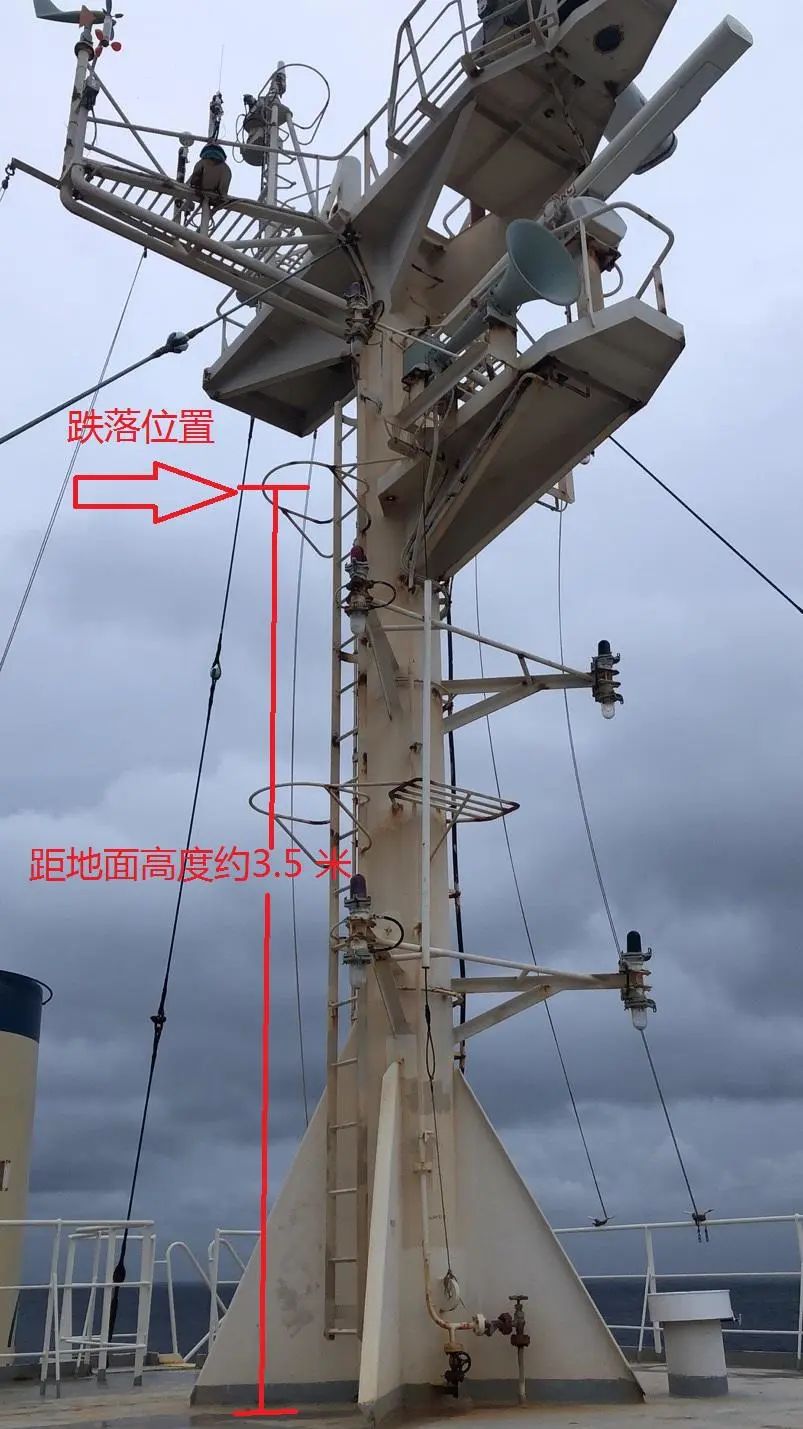

The seat belt and the tools of the accident site
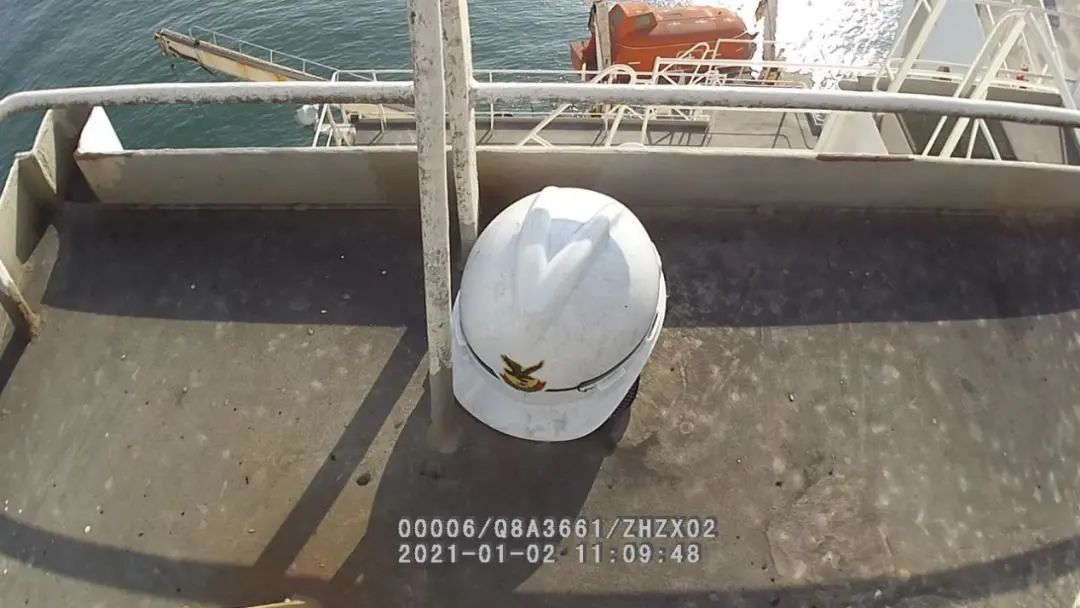
The helmet fell at the accident scene
I learned through the accident investigation report: the weather is fine at the time of the incident, the northwest wind is 5, and the waves. Second, at 1230 noon, he climbed to the big mast of Luo Jing's deck alone to repair the radar antenna. After 1248, after completing the maintenance work, he threw the seat belt down the Lu Jing deck, and then held the maintenance toolbox on the left. In the process of climbing, I mistakenly fell from the ladder at a height of about 3.5 meters to fall into the deck through the deck, causing internal organs to rupture and bleed. direct cause
In the process of climbing down the big mast, no seat belt was used, which was a direct cause of death.
important reason
In the process of climbing down the big mast, the toolbox was held, and the escalator climbed down, which caused it to fail to stabilize when the crawling ladder fell down. It was an important reason for its falling death.
direct cause
The two pairs have not fulfilled the application procedures in this high -altitude operation and did not specify the guardian of the high -altitude operations. The three and their sailors did not fully remind them of the two pairs during this operation. one.
hint:
The above cases are quoted to the investigation content of the self -accident investigation organs in accordance with the law. All the quotes are finally based on the "Investigation Report" of the accident investigation organs.

03
Preventive measures
Plant layout
High -altitude operations, also known as high -altitude operations and high -level operations. All homeworks that have performed at the benchmark of more than 2 meters (including 2 meters) in the fall of the height are high -altitude.
When the ship is working on a high -altitude operation, the ship should pay attention to the following points:
(1) Before conducting high -altitude operations, we should conduct strict organizations in response to the operation and emphasize safety precautions.
(2) Detailed work plan shall be formulated during the operation preparation stage, and the special person shall be responsible for the organization and command.
(3) Safety assessment in accordance with risk assessment procedures and identify operational risks.
(4) Strictly implement the approval system for high -altitude operations, and apply to the captain by the person in charge of the operation. The captain can be implemented after reviewing and approval.
(5) Arrange personnel with suitable physical conditions and technical levels to perform high -altitude operations. Intern, heart disease, anemia, hypertension, epilepsy, high terror, over -altitude, and other unsuitable high -altitude operators shall not engage in high altitude Operation.
(6) Before the operation, the deck was headed by the big deputy or sailor, and the turbine department was investigated in detail by the large pipe wheel or the opportunity chief to confirm that the operation could be carried out. During the operation, the chief of the sailor (the opportunity) should be responsible for organizing and attending the on -site command.
(7) The operators should wear labor insurance supplies such as work clothes, hard hats, and anti -skid work shoes, and must use yarn gloves that are easy to grasp and climb.
(8) Carefully check the equipment, equipment, and genus instruments used, including cables, boats, panels, footboards, seat belts, hanging cables, safety ropes and fixed parts, etc. Trial and trial inspections are performed.
(9) The operators must use protective supplies correctly according to the product manual, including seat belts, hard hats, work clothes, non -slip shoes, protective gloves, etc. The seat belt should be suspended on the directly above the operator's firm device. The seat belt is connected to the speed differential pendant, and it should not be too long. The seat belt and insurance rope must not be the same as the sitting board. The seat belts and insurance ropes of the two must not be the same.
(10) The commander is responsible for the monitoring operation site, and the personnel are prohibited from staying or engaged in other work within a certain range.
(11) The operation should be used for safe and reliable ascending tools. It is strictly forbidden to use general lifting equipment to be lifted or climbing. If the work is the place where the crew cannot be touched, the ladder, springboard, or seat plate should be used. When using the ladder of the activity, there must be a special person to support the ladder to prevent the ladder from slipping. Forbidden to use the ladder of lack of files. It is forbidden to share a ladder operation.
(12) The operating tools shall not be placed in places that are easy to slip. The tools that are not used for the time being should be placed in a dedicated container and placed in a stable and reliable place. It is strictly forbidden to throw the tools from a high place. Special tools should be used to pass.
(13) Try not to arrange high -altitude operations at night. At night, there should be sufficient lighting and prevent electric shock.
(14) In addition to special circumstances, high -altitude operations should be prohibited in severe weather such as thunderstorms, fog or gusts at level 6 or level 6.

04
Work responsibility
Plant layout
Shore -based managers, captains and other senior crew members, ordinary crew members, foreign personnel and other relevant departments and individuals need to work together to do a good job of preventing work injury accidents. To reduce risks and eliminate hidden dangers, so as to achieve the purpose of preventing crew injury accidents. According to the "Guidelines for Work Injury Accidents of Shipping Corporations to prevent crew injury accidents" issued by the Maritime Affairs Bureau of the People's Republic of China, it is recommended that the work responsibilities of shipping companies and related personnel include, but not limited to the following.
01
Shipping company duties
(1) In accordance with this guide, the prevention system of the prevention of crew injury is included in the security management system documents or systems, and a safety management system for preventing crew injury accidents is established.
(2) Establish a shipwreck management plan for shipwriting wounds, designated the captain as the first responsible person for the ship's worker injury accident, and guide the ship to set up a working group for preventing crew injury accidents. Improve the work system of various preventive crew injury accidents, and supervise all personnel on the ship to implement various preventive measures.
(3) Fully evaluate the safety risks that the crew occurred during normal operation or execution of the task process, provided safety guidelines for the safety risks of the evaluation, and established the formulation of relevant procedures, plans or notes, including the necessary inspection list, explaining how to evaluate and control risks. The scope of the evaluation should be extended to other personnel such as pilots, dock loading and unloading workers, and ship maintenance personnel.
(4) Make sure any personnel working on the ship, whether or not they are directly hired by the shipping company, must be informed of the risk assessment results of the shipping company and measures taken to protect them.
(5) When there is reason to believe that the assessment of safety risk is not applicable, the evaluation should be carried out and made any necessary modifications. Any results, measures and amendments to be re -evaluated must be informed of the shippers.
(6) Measure unavoidable risks, and take action to reduce risks to ensure the safety of crew and other personnel.
(7) Establish and improve the training system for crew members to ensure that crew members who assign their jobs are familiar with the relevant situations of ship layout, device, equipment, work procedures, characteristics, limitation, and safety risks and preventive measures. Safety awareness and prevention skills.
(8) Provide ships with necessary, sufficient and reliable safety protection equipment and first -aid drugs according to the characteristics of ship types, navigation areas, and crew work characteristics.
(9) Guide the captain to regularly organize the crew of the crew to do a good job of emergency exercise of work injury accidents, including contact with the company's shore base, fracture fixation, bandaging wounds, and cardiopulmonary resuscitation.
(10) In the event of a working injury accident, the ship should provide sufficient resources and shore -based support, guide the ship to carry out self -rescue to reduce the consequences of the accident.
(11) Perform full statistics and analysis of cases of work injury accidents, formulate procedures for implementing corrections to avoid repeated occurrence of work injury accidents.
02
Responsibility of designated personnel
(1) Responsible for publicity, implementation and implementation of shipping companies' work system for preventing work injury accidents, and monitoring the implementation of shipping companies and ships on the safety system for preventing crew wounds.
(2) Monitor the reports, analysis, corrections and other processes that do not meet the prescribed conditions, work injury accidents and dangerous situations, and report to the general manager of the shipping company at any time as needed.
(3) When a working injury accident occurs, the ship should be mobilized enough resources and shore -based support to participate in emergency rescue and disposal.
03
Responsibilities
(1) Implement the safety management system for preventing work injury accidents to ensure that the relevant system operates effectively on ships.
(2) Arranging and implementing the prevention of work injury accidents, collecting cases of related work injury accidents and notifying the company's ships to raise the awareness of the crew. (3) Examine and evaluate crew members, especially senior crew members, and be familiar with ship safety management systems, operating procedures, and safety risks.
(4) Tracking the weather, sea conditions and typhoon conditions of the ship's dynamics and related sea areas, and remind the ship in time to prevent bad weather and stop related operations to prevent crew workers from injury accidents.
(5) Risk identification and evaluation of the operation of the crew during the ship, the investigation and analysis do not meet the prescribed situation, formulate risk prevention and correction measures, and track the implementation of the inspection.
(6) Safety training to indicate and implement preventive crew injury accidents, focusing on standardized operations, safety operation processes, personal protection equipment use, etc., and improve the safety awareness and operation skills of crew.
(7) Supervise the use and maintenance of the safety protection equipment of the ship, and update it in time to ensure that the crew has sufficient and applicable protective equipment.
(8) Responsible for the investigation, statistical analysis and treatment of crew injury accidents, formulate targeted prevention measures, and revise relevant working procedures and operations in need if necessary.
(9) After the work injury accident of the crew, the relevant parties were provided to the relevant parties, and the relevant situation of the ship's voyage, the sea area where the crew, and the sea areas in where they were.
04
Captain and senior crew duties
(1) Captain is the first responsible person of a ship preventing work -related injury accidents, implementing the requirements of the shipping company prevention of work injury accident safety management, leading the establishment of a ship prevention work injury accident work group, organizing daily ship prevention work injury work, supervision and inspection of various preventive work injury measures for the entire ship's entire ship Implementation.
Other senior crew members are responsible for the safety risk assessment of relevant operations within the scope of their responsibilities, implement the security work rules and regulations in specific operations, and urge the crew to implement safety measures to prevent work injury accidents.
(2) Supervise all crew members and urge headquarters to strictly implement the responsibilities and safety work rules and regulations, and increase the responsibility of the crew.
(3) Formulate ship labor safety education training and emergency drill plans and organize implementation. Other senior crew members should carry out labor safety education training and emergency drills for the crew of the department in accordance with the plan to improve the awareness and skills of the crew's labor protection.
(4) Review and evaluate the work injury accident work of ships, and find new risks and deficiencies, and should report to the shore -based management department in a timely manner and take measures to reduce risks.
(5) Maintain a smooth and effective contact with the shipping company, and request the shipping company to provide relevant medical guidance and shore base support when working injuries or risks.
(6) Strengthen the management of the safety protection equipment of the ship and the headquarters, and urge crew to correctly use personal protection equipment.
(7) When the life safety of the crew is seriously threatened or unable to guarantee, the captain should be reported truthfully. The captain has the right to report to the relevant regulations and stop related operations in order to ensure the safety of human life and the departure of the maritime environmental protection. The relevant situation shall immediately report to the competent authority and the company.
(8) Responsible for the emergency response of work injury accidents of crew, organize the formulation of treatment plan to ensure that the wounded can be treated in a timely and effective treatment.
(9) Responsible for reports and statistics of shipworm injury accidents.
(10) Guide the ship prevention accident work group investigating the work -related injury accidents in this ship, and organize correction measures to prevent again.
05
Ordinary crew duties
(1) Carefully perform their respective safety responsibilities, wear personal protection equipment as required, do a good job of self -protection, consciously abide by the safety production rules and regulations and operating procedures, and avoid the occurrence of unsafe behaviors such as "violations of regulations, illegal operations, violation of labor discipline" and other unsafe behaviors. Essence
(2) Actively participate in safety education training and emergency drills, familiarize with safety risks and preventive measures in daily operations, and continuously improve safety awareness and skills.
(3) The safety risks should be reported in time during the operation. The safety risk should be stopped when the safety risks seriously affect the safety of personal safety. It can continue to work after taking safety measures to reduce or eliminate risks.
(4) Pay attention to the surrounding situation during the operation, and find that other crew members should stop and report it in time in time.
(5) Immediately report it to the work injury accident, carry out rescue in accordance with emergency response procedures, and prohibit blind rescue.
(6) The staircase duty crew should register for foreign personnel, check whether foreign personnel carry prohibited products, whether to wear a helmet and other safety equipment to remind foreigners to precautions for safety during the ship's period.
06
Temporary board personnel responsibilities
(1) Wear personal protection equipment such as helms, gloves, and life jackets, abide by the safety rules and regulations on the ship, master the necessary safety knowledge and skills, and prohibit carrying the prohibited board of the pro -product.
(2) Ask the crew's safety precautions before the operation of the equipment and entering the closed cabin during the boat period, and ask the crew to assist if necessary to prohibit blind operation or enter the closed room without permission.
(3) When lowering the soft ladder and the gangster, we must strictly abide by the login specifications, hold it tightly, and prohibit the handling of the items.
(4) After boarding the wheel, you should walk along the marked safety channel, and prohibit running on the ship or crossing cables, pipelines, etc. at will.
(5) After boarding the wheel, you should move in the designated area. Enter the driver's table, cabin, cargo cabin deck, and first -tail deck. You need to be accompanied by crew members.
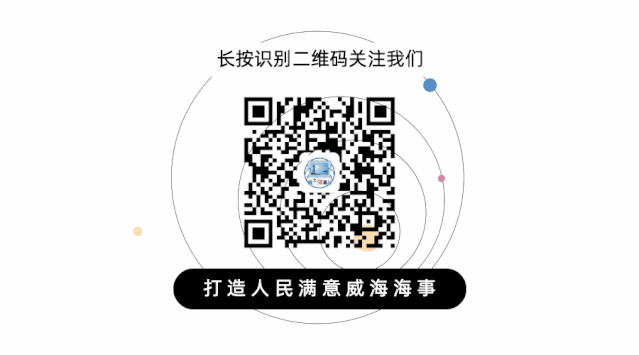
- END -
Ji'an Court actively participated in the "All Nations Campaign to Build a Civilized City" road length system volunteer service activity
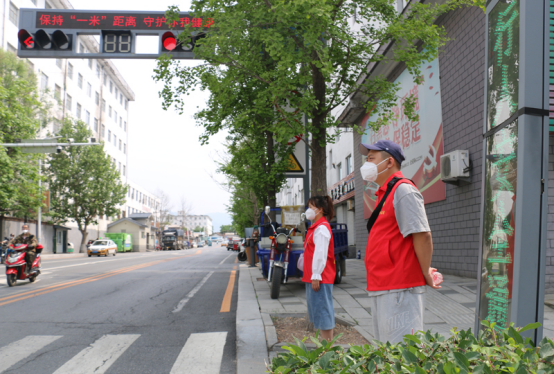
In order to further build a solid line of prevention and control, guide the masses...
The decision of the Communist Party's Quanzhou Municipal Party Committee on Carrying out Comrade Pan Jiasheng's learning activities
Pan Jiasheng, male, Han nationality, Nan'an, Fujian, was born in August 1975, joined the public security work in October 1996, joined the Communist Party of China in April 2000. He is currently servin...